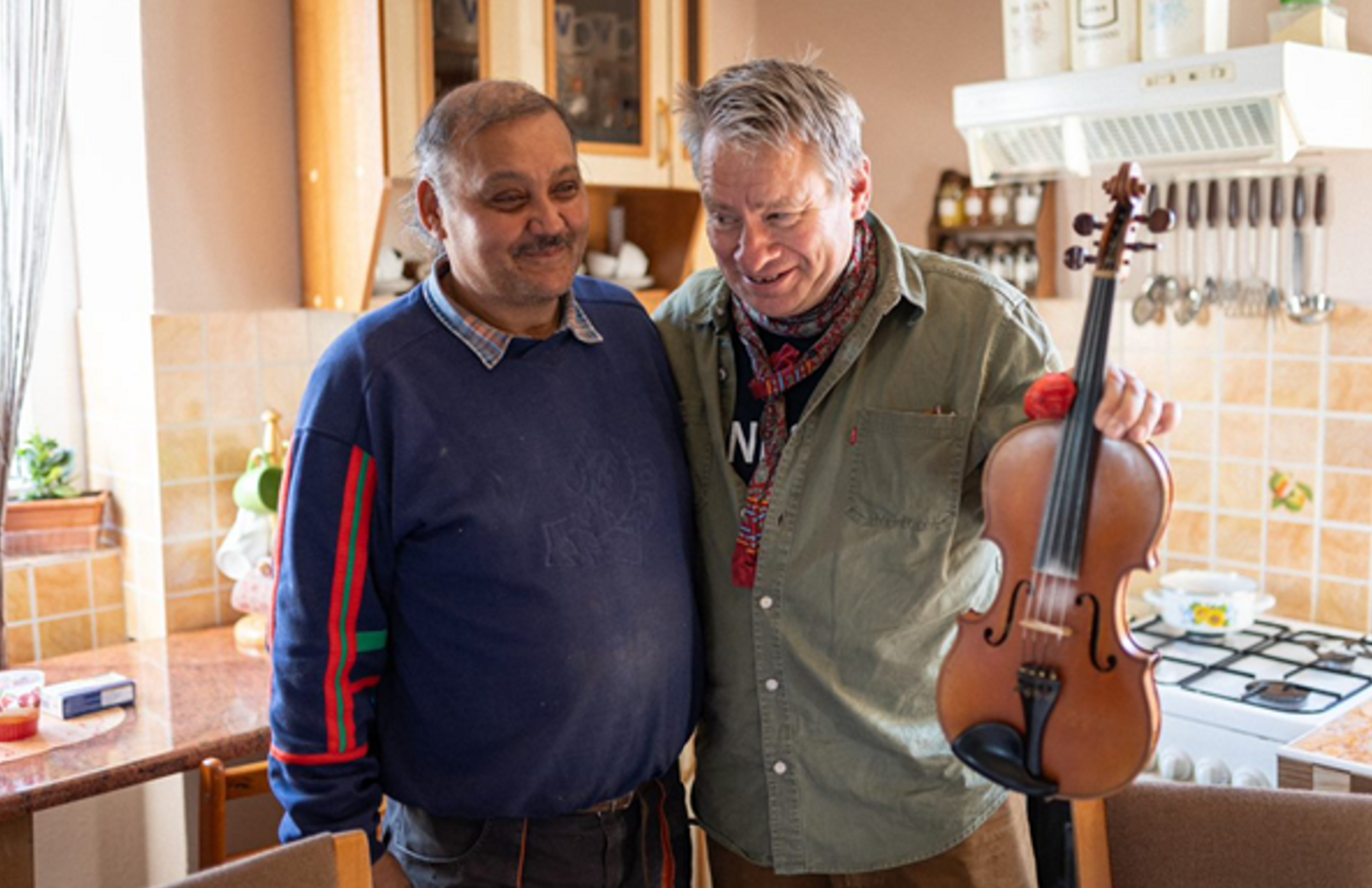Growing community and understanding
Restoring the cultural heritage is one of the key elements to turning the tide, say the founders of an organisation called Obnovme Gemer. According to them, it can be a perfect way to improve the social status and inclusion of Roma and other Slovakian communities in the area. And that’s crucial, because although the Roma community makes up for almost a third of the population, it is underrepresented in most social spheres, such as education, employment or decision-making. As a result, its members are facing poverty and social exclusion, every day.
To overcome this, Obnovme Gemer started a project called Centres of Renewal in Gemer. This project, funded by the Norway Grants, unites people from the area around one simple goal: restoring the local heritage. “It is culture that has the potential to connect and integrate, bridge these communities and improve coexistence,” says Pavol Ižvolt, who is one of the founders of Obnovme Gemer. “So together, we’re protecting and taking care of our monuments, while raising awareness in the community toward these objects.”
Restoring more than just a building
Of course, this project is not only about buildings. Its main goal is to train the local workforce, improve the employability of residents and connect job seekers with employers. At the same time, rebuilding parts of towns and villages positively influences local public opinion and overcomes negative stereotypes: It provides tangible proof to local non-Roma majorities that Roma people can in fact be agents of positive change.
Katarína Smatanová, co-founder of Obnovme Gemer: “We were looking for possibilities to exploit the great potential and strength of the Roma communities. It’s through their work that we now show that it can be done, and they can be part of the process.”
Teaching and training of important skills and techniques is supported by partner organisation the Norwegian Crafts Institute (Norsk Handverksinstittut). This institute excels in cultural-historical craftsmanship and brings a great deal of valuable experience.
The director of the institute, Eivind Falk, speaks about the collaboration in the video of the kick-off event. He emphasises the importance of preserving and restoring traditional crafts in the region, not only from the point of view of cultural values, but also the overall development of communities. “These activities are small efforts by themselves, but together they make a whole lot of difference. Getting together to learn new skills, but also to get to know each other, understand each other, meet new people. That’s what’s at the core, that’s what’s at the heart of it.”
Providing the tools for future growth
Since its start in 2018, Obnovme Gemer has already carried out restorations of local monuments and infrastructure in more than 20 municipalities. Now, they’ve expanded their activities with two new centres for the training and involvement of local people from marginalised Roma communities.
The new centres also create space for new activities. For example, there will be a tool rental service and workshop, which are available free of charge to people living in the surrounding villages. These tools can be used by locals to repair small homes, and for individual or community projects.
In addition, there will be after-school and practical education programmes for local youth. The activities include training in crafts and techniques suitable for the restoration of local heritage. Together, they provide a unique work experience that puts them in an excellent position in the labour market. And the fact that the organisation managed to extend their activities during the pandemic, only proves its success.
A celebration of cultural diversity
The organisation is also interested in showcasing the Roma culture itself. Tourists often only get to see one side of the history and culture: that of the Slovakian majority community. At this moment, the culture of the local Roma and Hungarian minority populations is barely represented in tourist guides – or not at all. And that’s a pity, because this cultural heritage brings a lot of vibrancy and showcases the diversity of the Slovak people as well. That’s why Obnovme Gemer has taken it upon themselves to uncover and celebrate the cultural diversity in the area, through research, fieldwork and other activities.
This holistic approach is what makes the project so effective. It is structural social inclusion through education, uniting community members around the goal to build their environment. It’s a way to appreciate a shared history – and then connect it to a shared future.
